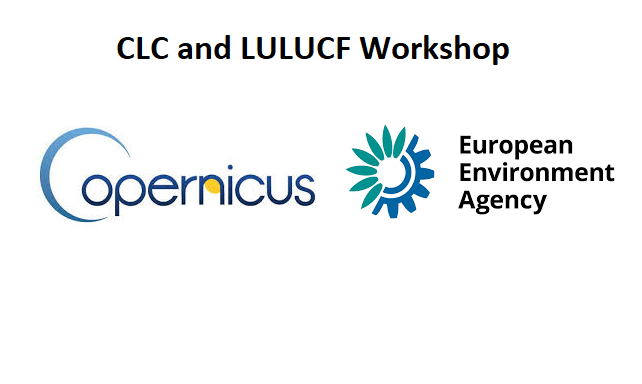
European Environment Agency workshop for LIFE CROLIS

On 15th and 29th January 2025 the European Environment Agency and its partners held a workshop for the LIFE CROLIS project on the use of CLC+.
At the request of the LIFE CROLIS project team, the European Environment Agency (EEA) held two half-day workshops on the use of CLC+. CLC+ has been in development since 2017/2018 and consists of three main components:
1. CLC+ BB (Backbone): The basic geospatial data set component, which produces and updates high-resolution land cover geospatial data that are harmonized across the entire European territory (wall-to-wall) with 11 land cover classes and a mapping density of 10m. CLC+ Backbone is fully aligned with the CLCplus Core component.
2. CLC+ Core: An online database with a web interface for harmonizing input data (existing geospatial data) through the EAGLE matrix, and export in a 100m grid. This component provides tools (i.e., database, tool framework, user interface) for creating custom geospatial products. It is considered a multifunctional hybrid data warehouse for land cover and land use data based on a grid that achieves harmonization of different input data sets from a common ‘thematic translation’ by applying the EAGLE data model and matrix. Once the data sets are harmonized and entered into the CLCplus Core database, they can be combined with other system data and extracted.
3. CLC+ Instances: Can be considered a “tailor-made” component in the 100m grid that uses CLC+ Core and existing data. The only current product in this component is LULUCF Instances. As the first regular result, the CLCplus LULUCF instance has been produced annually since 2021 to provide independent geospatial proxy data for LULUCF land use categories reported by member states as part of their National Greenhouse Gas Inventory submissions.
CLC+ will allow customization for a specific country that can upload its data into the system. The EEA is trying to popularize the inclusion and use of national LPIS data (in Croatia, this is the ARKOD data system).
For data harmonization, it is recommended to use the EAGLE classification key to align nomenclatures. It is emphasized that the quality of the data entered into the system by the countries is crucial.
The EEA organizes workshops with interested countries to popularize CLC+ and help identify issues that countries face to further improve the system. The workshop was held in two parts – on January 15 and 29, 2025, and was attended by the lead and partners of the CROLIS project.
Share this post: